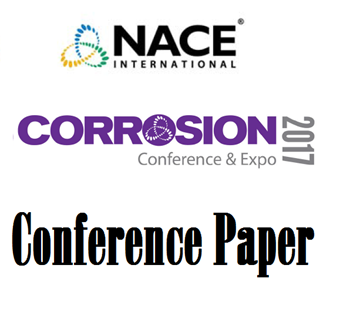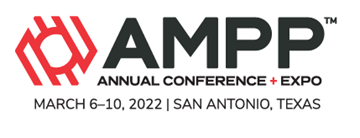Search
Products tagged with 'salt spray'
View as
Sort by
Display
per page
A Comparative Study on Coating Performance of Inorganic Zinc Primer System and Inorganic Copolymer System by Long-Term Durability Test Including High Temperature Exposure at 540℃
Product Number:
51323-18820-SG
Publication Date:
2023
$20.00
Atmospheric Corrosion in the Laboratory and the Role of Mass Loss Coupons in Test Monitoring
Product Number:
51317--9125-SG
ISBN:
9125 2017 CP
Publication Date:
2017
$20.00
Evaluation of Various IMM/IC Coating Systems in Terms of Corrosion Protection
Product Number:
51324-20414-SG
Publication Date:
2024
$40.00
Exploring The Truth About Aluminium Flakes As Pigments In Corrosion Protective Coatings
Product Number:
51322-18194-SG
Publication Date:
2022
$20.00
Feasibility Evaluation of Rapid Cure Coating for Ship’s Water Ballast Tank
Product Number:
41207-382-SG
Publication Date:
2007
$20.00





